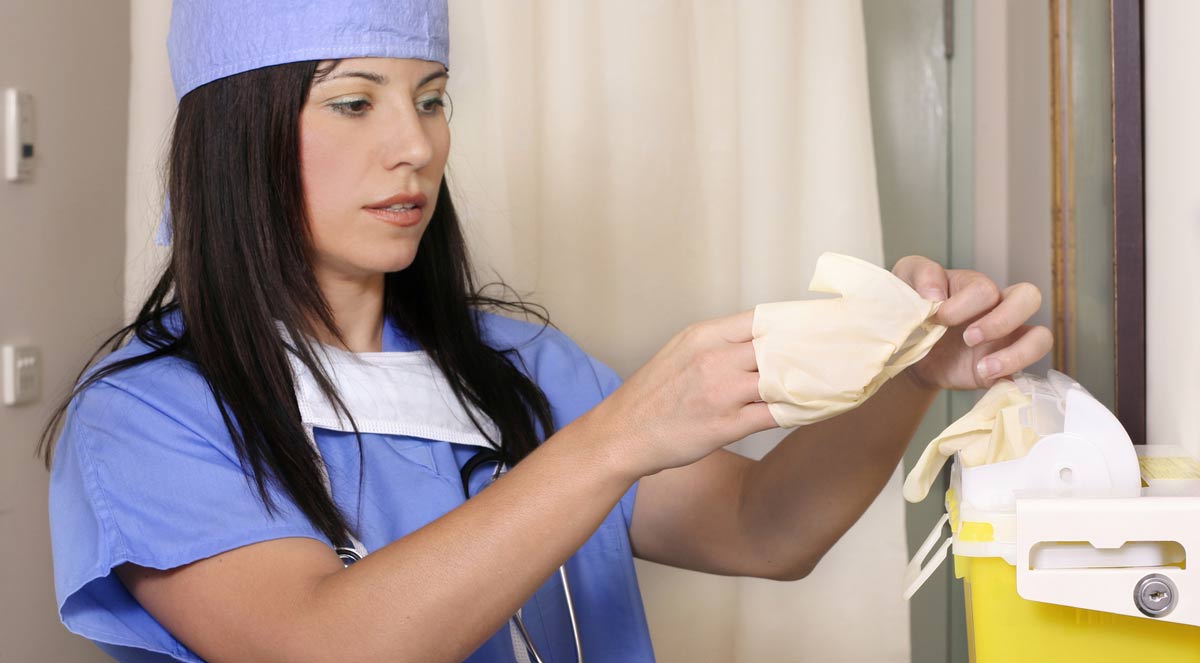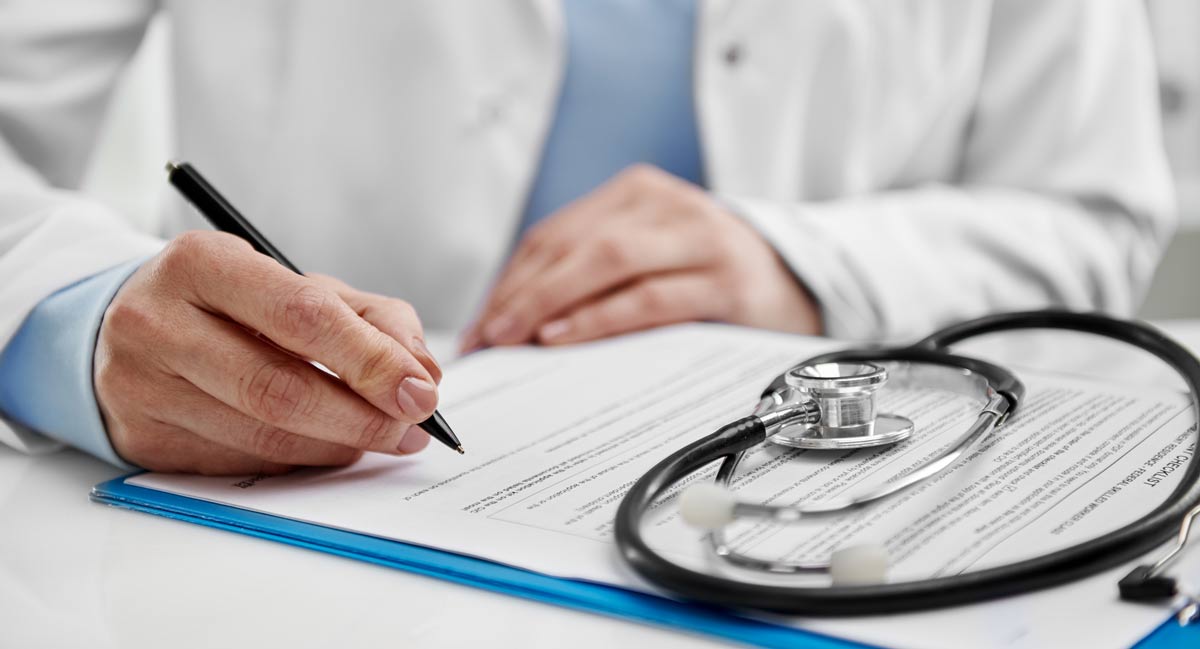
How to properly dispose of PPE after use
If you want to throw away your products without risking further contamination, there are steps to follow:
There’s always the chance someone might not use a PPE product properly. There are a series of mistakes to watch out for. Some of the most important include:
Keeping gloves on for a long time will result in germs festering inside. It’s important to discard them as soon as you’re finished with whatever task you’re doing.
Just as with gloves, it’s important to change aprons between dealing
with patients. These can carry over germs and diseases, transferring them between different people.
If PPE is moved between packaging before or after use, there is a chance it may become contaminated. If you find this is the case, it is highly advised you don’t use it.
When you take off your PPE, be sure not to touch your exposed skin. If
you do, be sure to quickly disinfect the area.
With protective equipment which isn’t required to cover your entire body, be sure to apply waterproof dressing (usually in the form of an oil-based substance) to your skin. This will stop the potential of germs clinging to it.
This is particularly true in the case of respirator masks. It’s important to ensure all PPE fits the wearer, or else it might prove ineffective when needed in a contaminated environment.

If you want to throw away your products without risking further contamination, there are steps to follow:
Removing items should be done in a doffing area. This is a special location, dedicated to the removal process. This should be the sole purpose of this zone, lest it become contaminated.
We’ve already eluded to it, but it’s important to make sure the PPE product doesn’t touch your exposed skin when you remove it.
Once removed, place everything in a special bin designed to house your equipment once you’re done with it. Again, this bin should only be used for this purpose. Make sure it’s closed after you’re done.
Even if you followed every step properly, it’s still a necessity to disinfect your hands prior to leaving the room.
It’s not a difficult process, but nevertheless an important one. It’s crucial for staff at hospitals to be taught the right method.

There are a number of ways you can pass this knowledge on to hospital workers. Providing them with the necessary levels of support goes a long way to guaranteeing a safe work environment for all.
Employees can benefit from specialist course and training days, as well
as carrying out an online tutorial provided by Europa to better understand all aspects of PPE.
It’s also common for individual hospitals to have their own policy,
dedicated to the use of PPE – such as this one from the Newcastle upon Tyne institute.